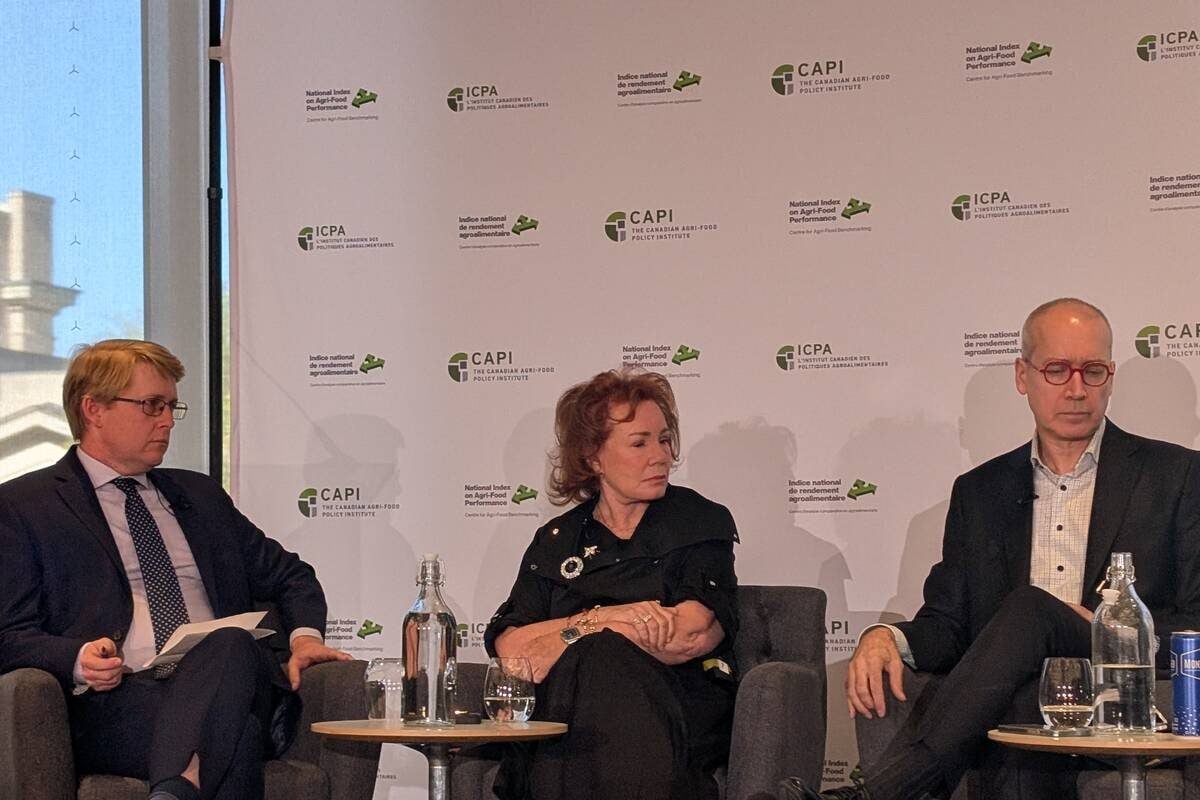Canadian flax growers will soon bear the full cost of testing their flax crop for the presence of genetically modified material.
Funding for the Flax Farm Stewardship program will end Feb. 28, says the Flax Council of Canada .
After that, the full cost of testing will be borne by farmers.
Will Hill, president of the Flax Council of Canada, said farmers are strongly encouraged to get their testing done now, while funding is still available and grain movement is slow.
“Get your testing done early and then you’ll be ready to go when (grain movement) improves,” said Hill.
Read Also

Arlene Dickinson says recent trip to Asia opened her eyes to new trade opportunities
Arlene Dickinson says Canada must take up decades-old suggestions to support the agriculture and food sectors
“I’m assuming we’ll get a fairly good push on by farmers to get their testing done prior to (Feb. 28) to take advantage of the funding that is available.”
The Flax Farm Stewardship program, in place since 2010-11, reimbursed farmers for 50 percent of the cost of a flax test, up to a maximum of $100 per test.
A test usually costs around $200.
Labs accredited to conduct the test are listed on the flax council’s website at www.flaxcouncil.ca.
Hill said the funding that is still available should be sufficient to cover all samples submitted by farmers between now and the end of February.
Nonetheless, growers should submit their samples as early as possible to avoid disappointment.
“We think we have enough (funding) to run a program of the size that we have in previous years,” he said.
Testing of commercial flax at the farm level was a key part of the flax industry’s overall plan to detect the presence of GM material and ensure that commercial flax supplies destined for GM-sensitive markets were free of the GM variety CDC Triffid.
Hill said producers will be required to continue testing flax at the farm level for at least another year.
After that, the industry will reassess the situation and decide if farm level testing is still required.
Hill said commercial level testing of flax contained in rail cars and bulk cargoes will continue until the industry is reasonably sure that all traces of Triffid have been eliminated from the Canadian flax supply.
In the meantime, Canadian flax acres are expected to increase significantly this year, Hill said.
Estimated returns from flax are among the highest of any crop in 2014-15.
Acreage in 2014 has been estimated as high as 1.5 million acres, which could result in shortages of certified seed and increase the temptation among farmers to plant some of their crop with farm-saved seed that has been tested and proven GM free.
Hill said the flax council is estimating total 2014 acreage at roughly one million acres.
“I think the jury is still out on that one,” He said.
“I don’t know if that 1.5 (million acre estimate) is attainable but I’m certainly of the opinion that we will see a hefty increase this year.”
The flax council is strongly recommending that farmers plant every acre with certified flax seed this spring to ensure that efforts to get rid of Triffid are not jeopardized.















